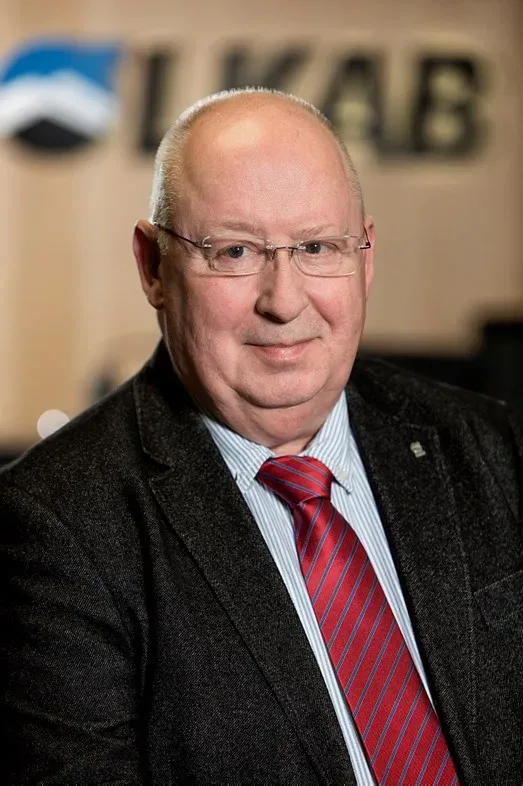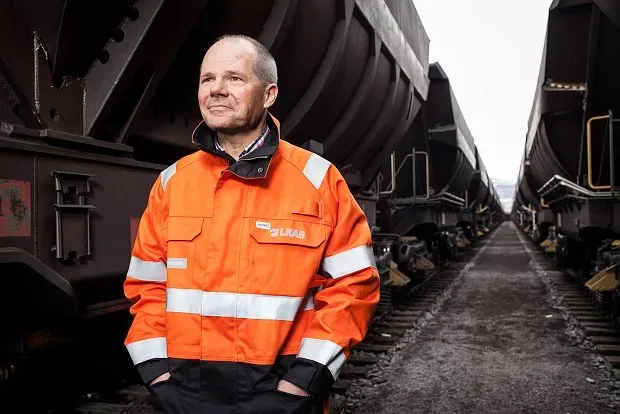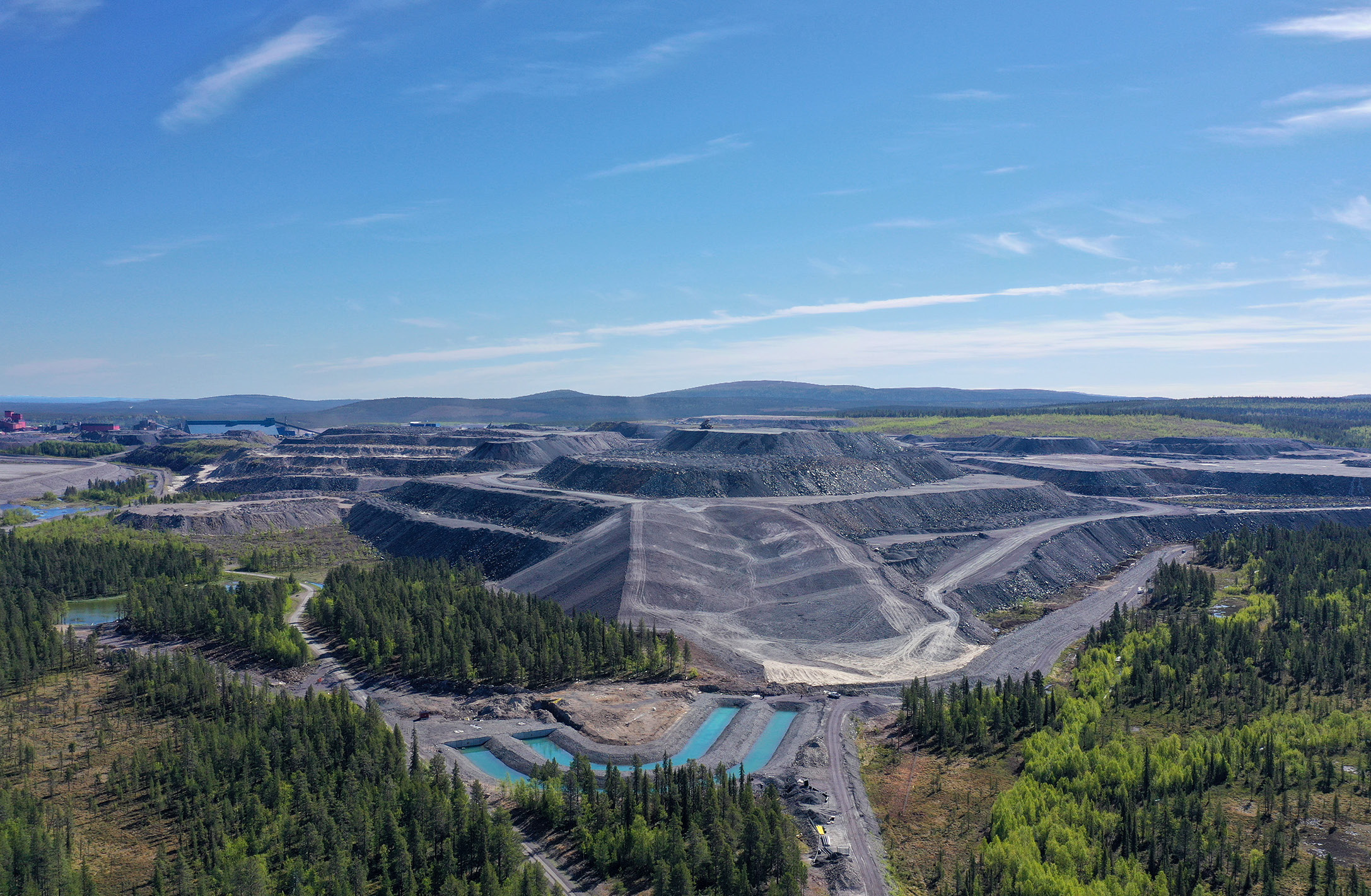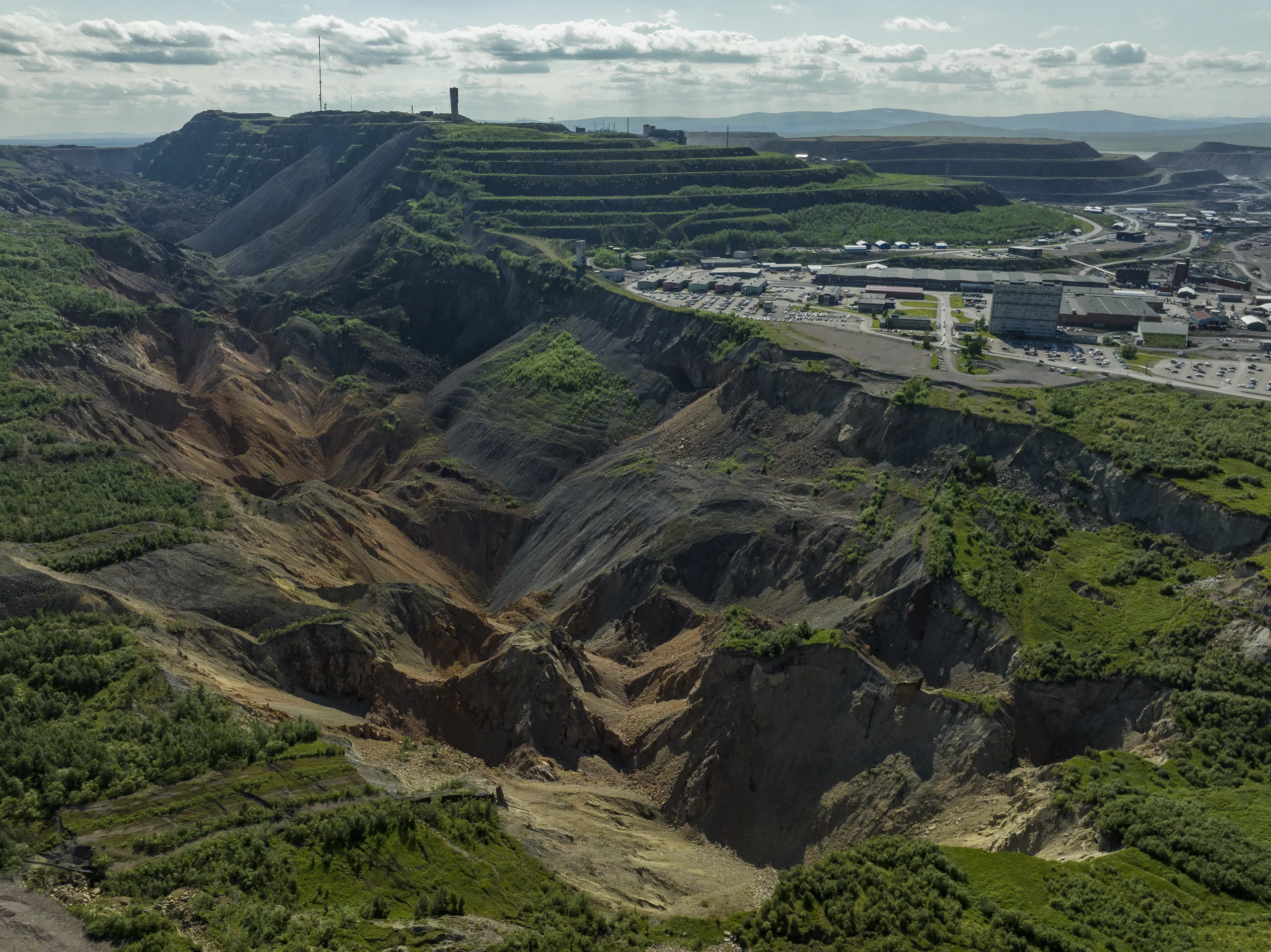New transport plan gives cause for concern

LKAB – "A micro-step in the right direction, but far from enough. If we don't get a better plan, LKAB's future development will be jeopardized. Were the Iron Ore Line to become an obstacle to reaching LKAB's customers, it would pose a long-term threat," says Bo Krogvig, Senior Vice President, Communications.
The Swedish Transport Administration’s proposal for a new transport plan up to 2029 cites three projects that affect LKAB. The most important of these concerns the Iron Ore Line, LKAB’s main artery. But the plan is far from generous where the Iron Ore Line is concerned. Only one project is mentioned; namely, increased axle load on the line from Malmberget to Luleå, a project that is already under way. LKAB not only needs increased axle load on the entire line, but also an assurance that the line between Kiruna and Narvik will in future be upgraded to dual track. The line is already heavily trafficked and, after 2020, traffic volume will reach current full capacity. This could bring LKAB’s possibilities for development to a halt. “The stretch between Kiruna and Narvik is the most important section of the line. The plan mentions nothing about this. 75 percent of LKAB’s product deliveries are hauled on this section. Reticence on the part of the transport administration is disconcerting and absolutely indefensible,” says Bo Krogvig. Trial runs with trains loaded for a 32.5-tonne axle load have been under way for two years on the southern circuit between Malmberget and Luleå. Over the past, year two trains, each loaded with the new maximum payload of 110 tonnes per car, have run daily. Trial operation concluded on 1 September. Here, LKAB foresees a decision as to permanent operation with a 32.5-tonne axle load. Anders Björnström, President of LKAB Malmtrafik, comments: “The only thing mentioned in the transport plan is track reinforcement on the southern circuit to accommodate greater axle load. Nothing is mentioned about the northern circuit. That is disastrous. Following a project now under way with Trafikverket (the Swedish Transport Administration) and Norwegian BaneNor, trial operation for increased axle load is planned to begin next year. BaneNor has announced that it is prepared to start trial traffic with increased axle load next year. Reinforcement measures are needed on the Swedish section. We had hoped that this would be included in the plan. It would be an enormous setback for Sweden and for LKAB if the project were delayed. It seems as though Trafikverket has set priorities but failed to understand that we need capacity increases in both directions,” he says. Upgrades are also needed on the stretch between Kiruna and Malmberget, for example, an extended passing siding to eliminate a bottleneck. That is not included in the plan. “There is now a risk that the entire Iron Ore Line will be crippled. We have no use for increased axle load on one track section if the rest of the line is not up to standard. Since the line is already heavily trafficked, increased axle load is paramount. When payload on each ore train can be increased by ten percent LKAB will have a window of opportunity for a corresponding increase in transport capacity on existing track and rolling stock in the coming years. There is now a risk that Trafikverket’s transport plan will close that window or seriously delay an upgrade,” says Bo Krogvig. “Increased axle load is also an initial step towards an upgrade to dual track between Kiruna and Narvik. This is the next step of development and absolutely essential once current traffic capacity has been exhausted. That may happen quickly. LKAB plans to increase production by five percent per year. Freight traffic is increasing dramatically, as is passenger traffic. Norway’s exports of fresh salmon will continue to grow at double-digit rates. That there is no mention of a dual track in the transport plan may have disastrous consequences,” says Bo Krogvig. LKAB has aso supported plans for a coastal railway between Umeå and Luleå, the North Bothnia Line (Norrbotniabanan). “That section of the line benefits our customers, including SSAB. LKAB also depends on that investment, since some of our raw materials and supplies are shipped in by rail. Passenger traffic will also be improved. The North Bothnia Line will give Sweden a dual-track link with the northern part of the country. That reduces vulnerability,” says Bo Krogvig. LKAB will now take all possible measures to influence the content of the transport plan when it is now referred for consideration. The decision will be taken next year. “We will maintain close contact with politicians and authorities in the immediate future. At LKAB, we must secure our future development, our competitive advantage and our long-term survival. The railway cannot be an obstacle for LKAB,” says Bo Krogvig.LKAB – “A micro-step in the right direction, but far from enough. If we don’t get a better plan, LKAB’s future development will be jeopardized. Were the Iron Ore Line to become an obstacle to reaching LKAB’s customers, it would pose a long-term threat,” says Bo Krogvig, Senior Vice President, Communications.

Bo Krogvig, Senior Vice President, Communications.

Anders Björnström, President of LKAB Malmtrafik: “It seems as though Trafikverket has set priorities but failed to understand”





